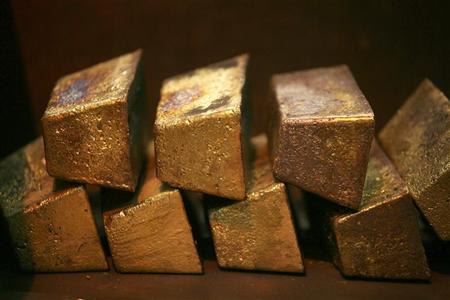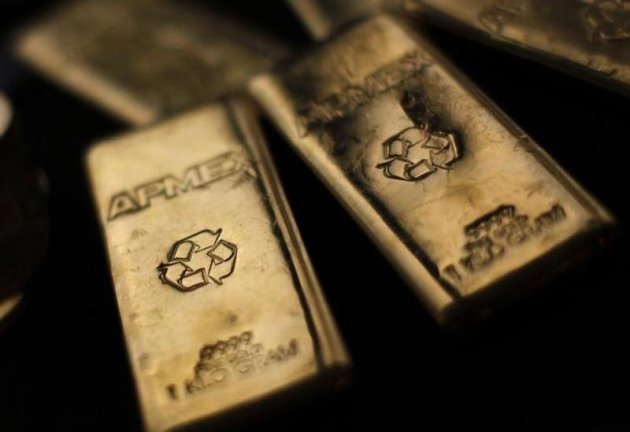Americans Are Eating Fewer Calories, So Why Are We Still Obese? - The good news: we’re eating fewer calories. The bad news: that’s not translating into lower obesity rates.
Two federal studies on the amount of calories Americans eat show that we are eating less than we did about a decade ago, and that we’re also limiting the amount of fast food we consume.

Richard Clark / Getty Images/Vetta
Between 2007 to 2010, about 11.3% of daily calories came from from fast food, down from 12.8% reported between 2003 to 2006, according to data collected by the U.S. Center for Disease Control and Prevention (CDC). Fast food consumption decreased with age, with adults aged 60 and older eating the least of this type of food. For younger adults, non-Hispanic black adults reporting eating the most fast food, with more than one-fifth of their daily calories coming from fast food chains.
Not surprisingly, those who took in the most calories from fast food favorites also weighed the most. “The good news from this study is that as we get older, perhaps we do get wiser and eat less fast food,” Samantha Heller, a clinical nutritionist at the NYU Center for Musculoskeletal Care in New York City told HealthDay. ”However, a take-home message is that the study suggests that the more fast food you eat, the fatter you get.”
The second study, also conducted by the CDC, looked at American kids aged 2 to 19 and found that boys were eating fewer calories, dropping from an average of 2,258 calories a day in 1999-2000 to approximately 2,100 calories in 2009-2010. The trend also applied to girls, who ate 76 fewer calories on average in the same time period. Most of this decline came in the form of carbohydrates; children continued to eat about the same amount of fats while increasing the protein they consumed.
“The children had a decrease in carbohydrates, and one of the carbohydrates is added sugars,” says CDC researcher Cynthia L. Ogden, who oversaw the research. ”There is evidence showing that added sugars have decreased in general, and that these things are related to obesity. I think it will be interesting to continue to watch these trends and see what happens nationally.” Ogden says a major source of added sugar in diets comes from sugar-sweetened beverages, and as research shows limiting this sweet drinks can curb weight gain, parents may be curbing the amount of sweetened sodas children drink.
But if Americans are eating less fast food overall, why are obesity rates still so high? As encouraging as the calorie data are, the decreases aren’t significant enough to make a dent in upward trend of obesity. “To reverse the current prevalence of obesity, these numbers have to be a lot bigger,” Marion Nestle, a professor of nutrition, food studies and public health at New York University told the New York Times. “But they are trending in the right direction, and that’s good news.”
It may depend on how you look at the data. According to Ogden, while obesity rates may be high, the latest statistics show they may be stable, and not continuing to climb upward. “The rate of obesity has been flat recently in both children and in adults and some studies have come out recently that have found a decrease in obesity or childhood obesity in some cities. Still, a third of U.S. adults are obese and 17% of children are obese, but given this relatively stability, I think that these two studies show very interesting results,” says Ogden.
“I think [these findings] are a great start. I am happy to see there is a slight decrease. It still shows that for as much effort that has been put into messaging and positive nutrition promotion, we still have a lot of work to do. There are a lot of people who still need to be touched,” says Laura Jeffers, a registered dietitian at Cleveland Clinic in Ohio.
Refining that message may require delving deeper in what Americans are eating, and addressing the balance between the amount of calories that we eat and the amount we burn off daily through physical activity. Jeffers speculates that even though fast food consumption is down, Americans may be eating unhealthy calories elsewhere. “I think that overall, people are not consuming the majority of their meals at fast food. Even-though maybe fast food has decreased, the majority of calorie consumption is not from the fast food restaurants. Looking at portion sizes and what people are getting in the home and the nutrition and health from those foods, should be another focus as to why the obesity rate is continuing to climb,” she says.
And while eating less is a good way to start addressing the obesity epidemic, it may be that slimming the national waistline means we also have to boost the amount of exercise we get every day. ( healthland.time.com )
READ MORE - Americans Are Eating Fewer Calories, So Why Are We Still Obese?





